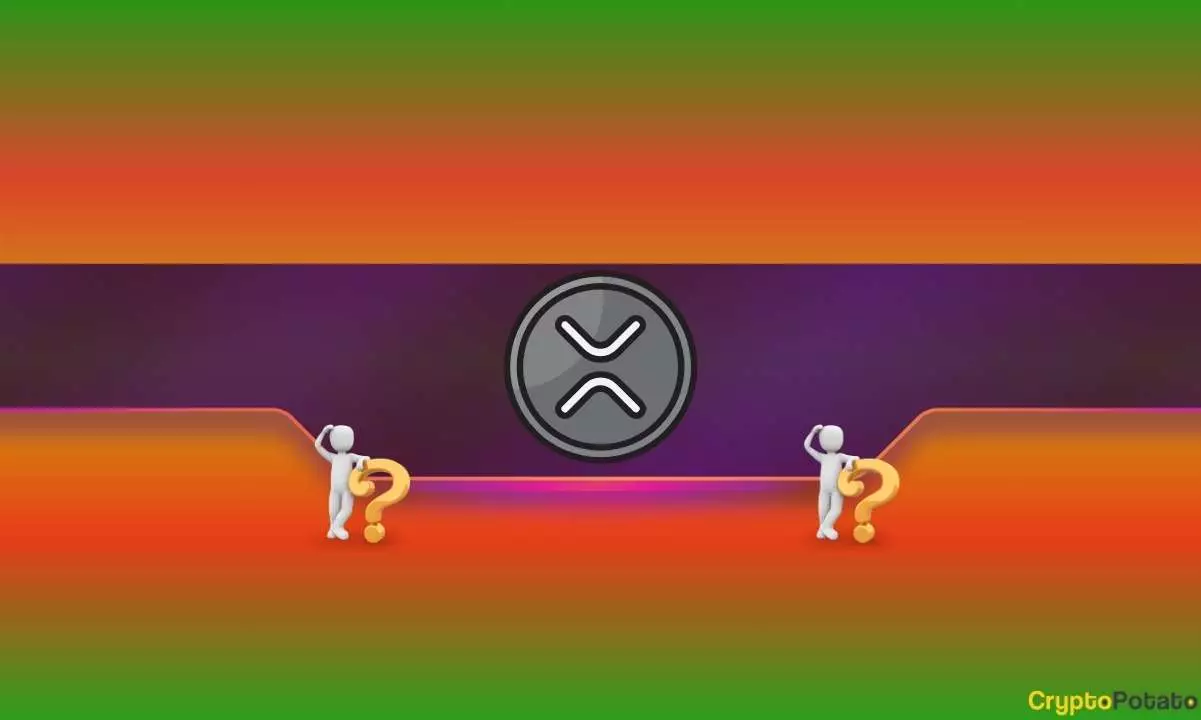Ripple (XRP) is no stranger to market fluctuations, a reality exemplified by its recent dramatic price shifts amid a broader cryptocurrency market downturn. From an exhilarating surge above $2.7 to a painful drop below $2 in mere days, XRP has demonstrated the volatile nature of digital assets. This article will delve into the factors influencing XRP’s price movements, the implications of recent events, and potential outcomes as the year draws to a close.
At the start of the business week, excitement surrounded XRP as Ripple announced the launch of its long-anticipated stablecoin, set to initiate trading shortly. This announcement sparked optimism within the XRP community, propelling its price upward from below $2.4 to over $2.7 in a short span. However, excitement quickly turned to disappointment as a massive market sell-off occurred shortly after the launch, pulling XRP down by 28% and leading it to hover around $1.96. This steep decline not only demonstrated the fragility of XRP’s bullish momentum but also highlighted the ripple effects of market sentiment on cryptocurrency valuations.
Despite the downturn, larger investors, colloquially known as “whales,” seized the opportunity to accumulate more XRP tokens at lower prices. This strategic purchase behavior served as a catalyst for a modest recovery, allowing XRP to climb back to nearly $2.4. However, this relief was short-lived, as the asset struggled to reclaim its previous highs and fell back below $2.2. The presence of significant market players can often influence short-term price recoveries, yet their actions also underscore the broader uncertainty faced by investors in the XRP ecosystem.
According to experts, particularly analyst Ali Martinez, the price level around $2.2 is critical for XRP’s future trajectory. Maintaining this level could reignite bullish momentum, encouraging a potential reclaiming of the $2.7 mark. Conversely, slipping below this threshold may trigger further bearish sentiments, risking another drop beneath the crucial $2 barrier for the third time in December. The delicate nature of XRP’s price action at this juncture raises questions about investor sentiment and trust in the asset.
As XRP grapples with these volatility issues, its market capitalization has also taken a hit, dropping back below $130 billion. This decline has relegated XRP to a competitive position behind USDT, whose market capitalization now hovers around $140 billion. The implications of losing market dominance are significant, as it may influence investor perceptions and future investment strategies for XRP.
The coming days will be vital for XRP as it navigates critical resistance levels and attempts to maintain its position within the market. With the potential for a year-end rally often dubbed as the “Santa Claus rally,” investors and analysts are keenly watching to see whether XRP can not just survive but thrive amidst ongoing market challenges. The circumstances surrounding Ripple and XRP serve as a stark reminder of the unpredictable nature of the cryptocurrency landscape, compelling participants to remain vigilant and adaptable in their strategies.
















Leave a Reply